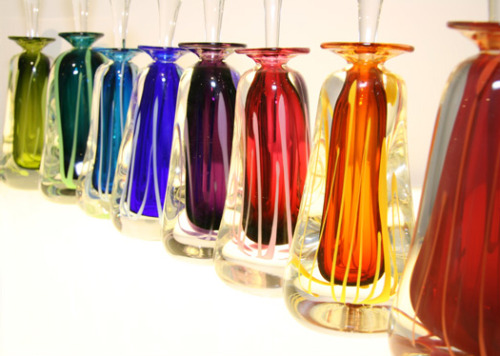Blog Assignment 4: Design and Craft

The main difference of craft and design is the matter of hands on. Craft is very hands on and requires patients and precision, where is design can be done using machines and computers as William Morris points out, machines are evil, and now days craft is becoming a thing of the past. As John Ruskin theory suggests, craft represents the simple life. The simple life is having time and being away from the fast past life, growing your own foods and creating your own things. Craft is more from the heart then having to have things sold in bulk. A personal example of craft vs design is me and my mum, I am doing a degree in design and prefer using computers to create things, where as my mum, creates things at home for the home and has a more hands on approach. It is very hard to see contemporary craft, as things now days can be manipulated to look like craft. My example is a chair made from salvaged trees by Hudson furniture, the designer has really thought about the human body and what is comfortable, what I like about these chairs is that it shows craft and the way you can see the wood grain and how it has been smoothed and molded by person for a person. This to me is contemporary craft, because it is both. http://www.homedosh.com/furniture-from-salvaged-trees-by-hudson-furniture/
from Matthew Graham:

Craft and design are two similar concepts; related like the poles of a magnet. Design is affiliated with academic success, being expensive and exclusive, something which holds rules and rank. Craft on the other hand allows for self expression, creation out of enjoyment with a possible bonus that people love what you do too. With our consumer driven industries of today, finding true craft was difficult. Is jewelery designed to sell or crafted with passion? Are paintings even craft, or merely made for a client? Looking in our back yard however seems to yield more honest craftsmen.
Lynden Over is a craftsman of glass blowing. Although the craft of glass blowing isn’t modern (it originates from Roman times), the way he operates is a representation of how craft blossoms. He has no shop, no order lists. He has a gallery of his creations, each shaped by how his passion for the craft is released. With each piece unique, the basis of craft - being un-engineered - holds true. What makes Over truly a craftsman is that he creates something which is more than art, more than a crafted rock with a painted face. His craft engages people to see more than a vase or a bottle; people should see an emotion.
William Morris knew that craft was slowly being shunned away from mainstream markets, where the cheap mass-produced objects flourished. Unfortunately this remains true today, where the concept of craft is something which holds value in its price; crafted of the rich, engineered for the poor. Lynden Over perhaps struggles with how he must make his creations a craft for all, not just a corporate gift. The true test of a craftsman is allowing everyone to experience what your imagination conjures up.
from Dana Chan:
Craft vs Design

Today, before we create anything we are asked to ask ourselves the big question: is it sustainable? Craftedsystems based in the United States has reached the epitome of craft and sustainability and along the way is also empowering the community.
Craftedsystems products include vessels, rugs and vases; all are produced from sustainable felt by everyday people at the YWCA. Contemporary craft has become less of a hobby left to artisans but has is now something that anyone can perfect through practice and patience.
An increase of DIY websites such as instructables.com which publish articles teaching one the basics of crafting popular items. Not to say that by reading these articles you will be a pro glass blower, but instead, teaching us how to be more efficient with the resources we already have to produce these crafts. So I think that Craftedsystems fully embodies the contemporary expression of craft as they not only consider the sustainability side of their craft but also in producing these crafts they are giving everyday people the opportunity to learn skills which they can use to enable themselves economically.
No comments:
Post a Comment